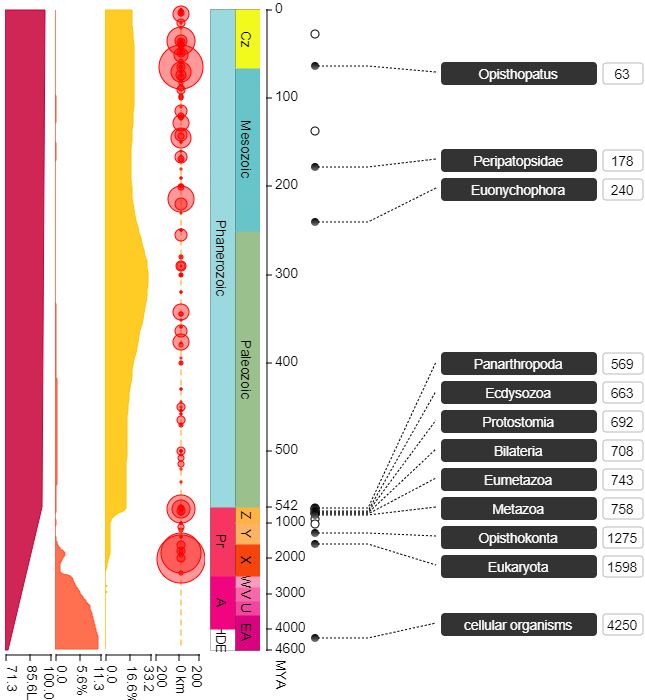|
O. Roseus (other)
''O. roseus'' may refer to: * '' Odontamblyopus roseus'', an eel goby species found in muddy-bottomed coastal waters along the west coast of India * '' Opisthopatus roseus'', the pink velvet worm, a species in the Phylum Onychophora * '' Osedax roseus'', a polychaete worm which feeds upon the bones found in the carcasses of whales See also * Roseus (other) {{Species Latin name abbreviation disambiguation ... [...More Info...] [...Related Items...] OR: [Wikipedia] [Google] [Baidu] |
Odontamblyopus Roseus
''Odontamblyopus roseus'' is a species of eel goby native to the coastal waters along the west coast of India India, officially the Republic of India, is a country in South Asia. It is the List of countries and dependencies by area, seventh-largest country by area; the List of countries by population (United Nations), most populous country since .... This species can reach a length of SL. Unlike other members of this genus, this species does not have any muscles extending to the top of the skull. References Fish described in 1837 Odontamblyopus {{Oxudercidae-stub ... [...More Info...] [...Related Items...] OR: [Wikipedia] [Google] [Baidu] |
Opisthopatus Roseus
''Opisthopatus roseus'' is a species of Onychophora, velvet worm in the Peripatopsidae family. As traditionally defined, this species is rose pink with 18 pairs of legs. Known as the pink velvet worm, it is found only in the Weza Forest, a Mistbelt Forest in South Africa. Morphology Defining characteristics of ''O. roseus'' are its signature reddish pink colour and 18 pairs of clawed legs. For pictures of the species, please visit research-grade observations oiNaturalist As a member of the Onychophora phylum, ''O. roseus'' has a chitin-covered body with numerous papillae that give it hydrophobic qualities and velvety appearance. Velvet worms have two antennae on the head, two simple-lensed eyes, and touch and smell sensitive hairs on their papillae. Nephridium, Nephridia for excretion and osmoregulation are located at the base of the leg at every leg-bearing segment, except one where reproductive gonopores are located. Gas exchange occurs through Spiracle (arthropods), spiracle ... [...More Info...] [...Related Items...] OR: [Wikipedia] [Google] [Baidu] |
Osedax Roseus
''Osedax roseus'' is a species of bathypelagic polychaete worm that lives at abyssal depths and is able to sustain itself on the bones of dead whale Whales are a widely distributed and diverse group of fully Aquatic animal, aquatic placental mammal, placental marine mammals. As an informal and Colloquialism, colloquial grouping, they correspond to large members of the infraorder Cetacea ...s. The species is found in the North East Pacific. Behavior When a whale dies, its carcass falls to the seabed. Here it provides a feast for many deep-sea invertebrates. Worms such as ''Osedax roseus'' make use of the bones when only the skeleton remains. The worms produce a branching network of "roots" which house symbiotic bacteria which enable the worms to utilise the bones' nutrient content. This worm was first described from a whale carcase that fell to the seabed in Monterey Bay, California, settling at a depth of . Time lapse photography shows that female ''Osedax roseus'' ... [...More Info...] [...Related Items...] OR: [Wikipedia] [Google] [Baidu] |
